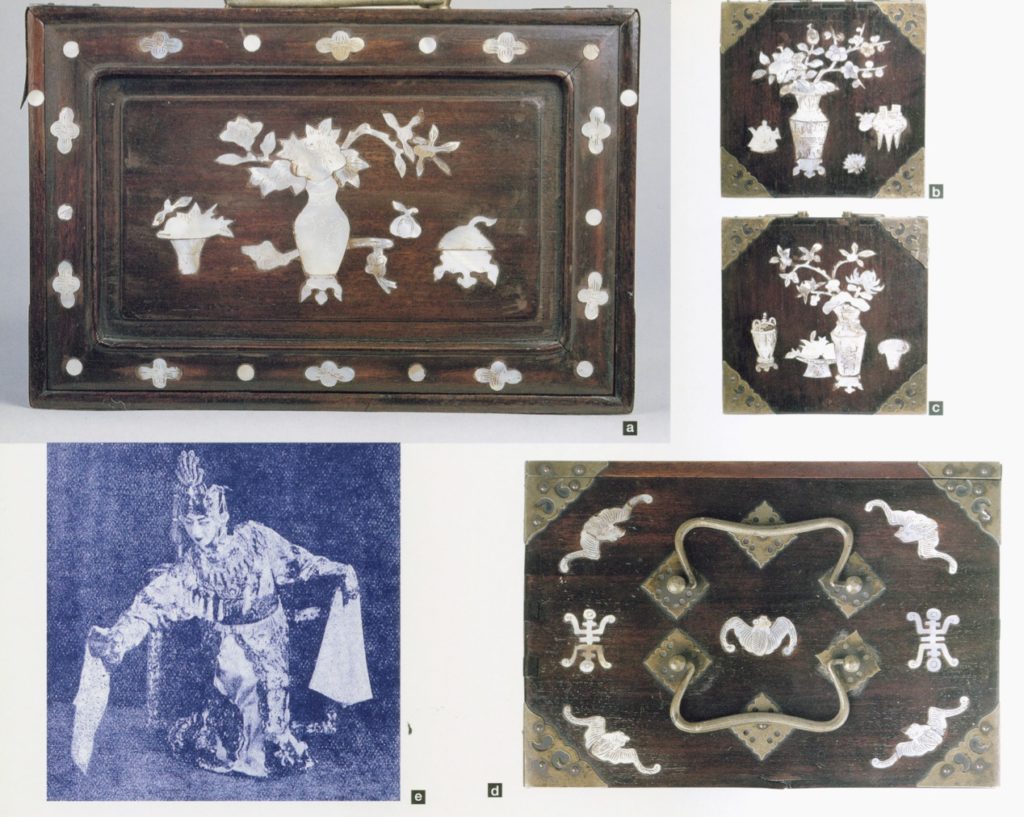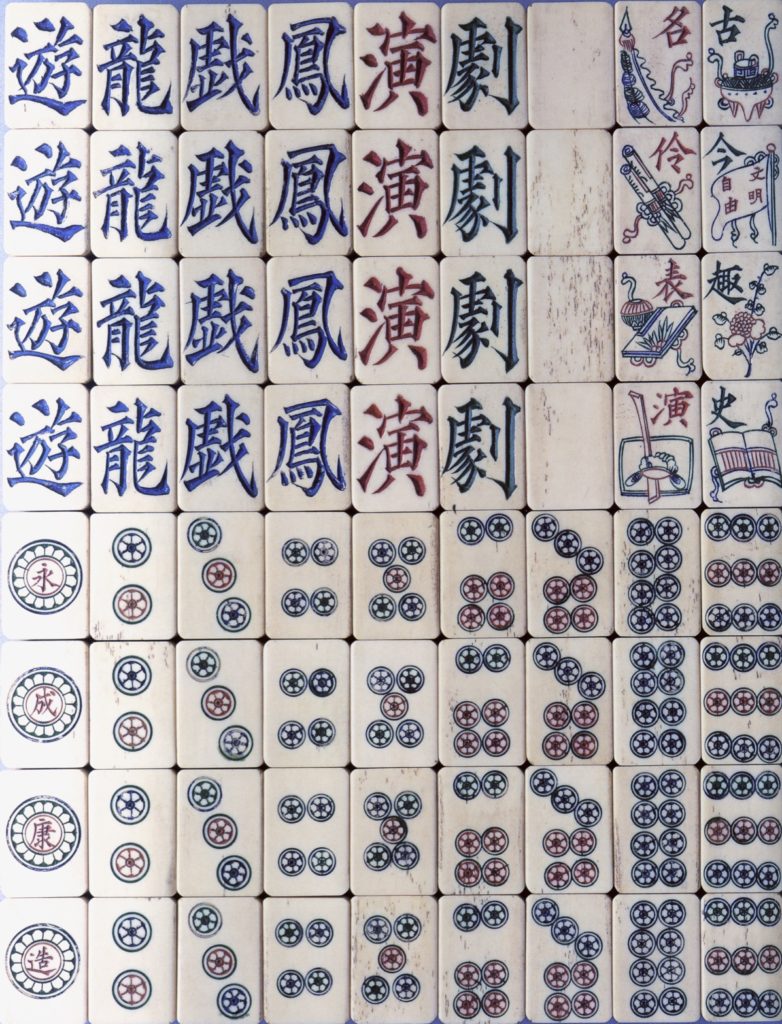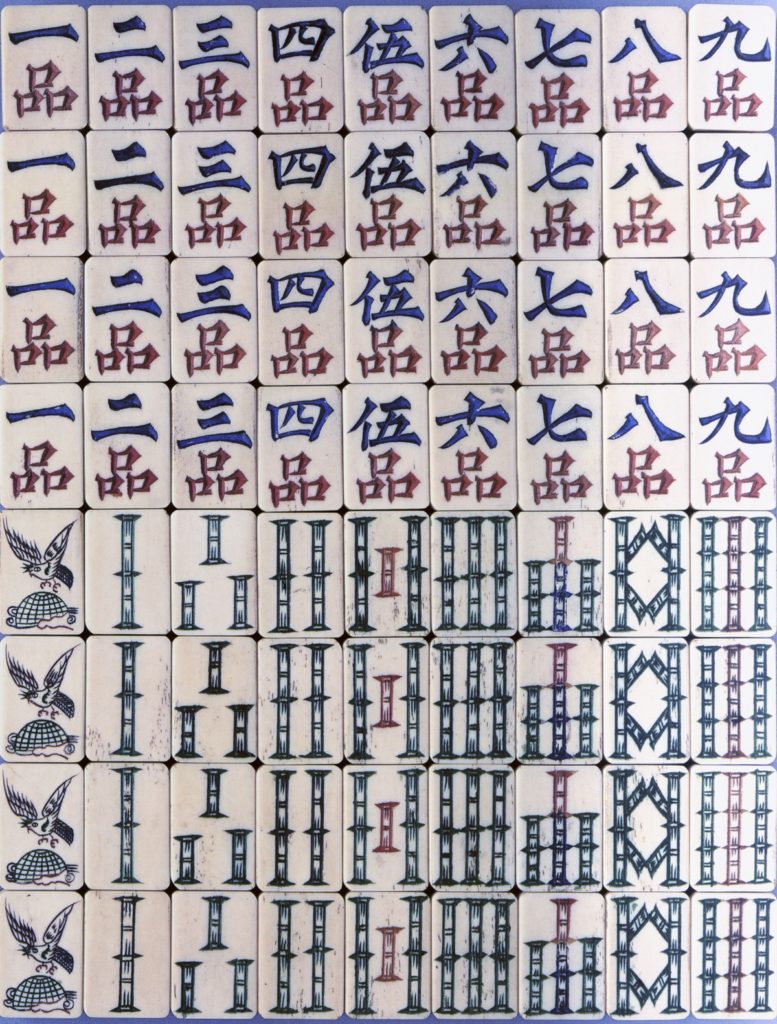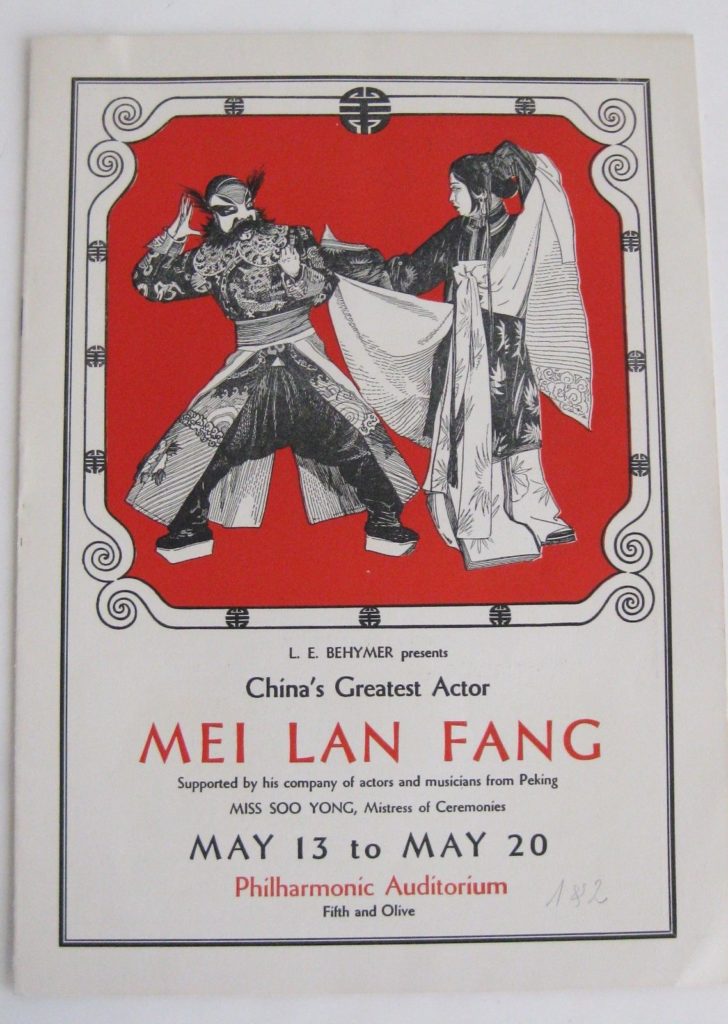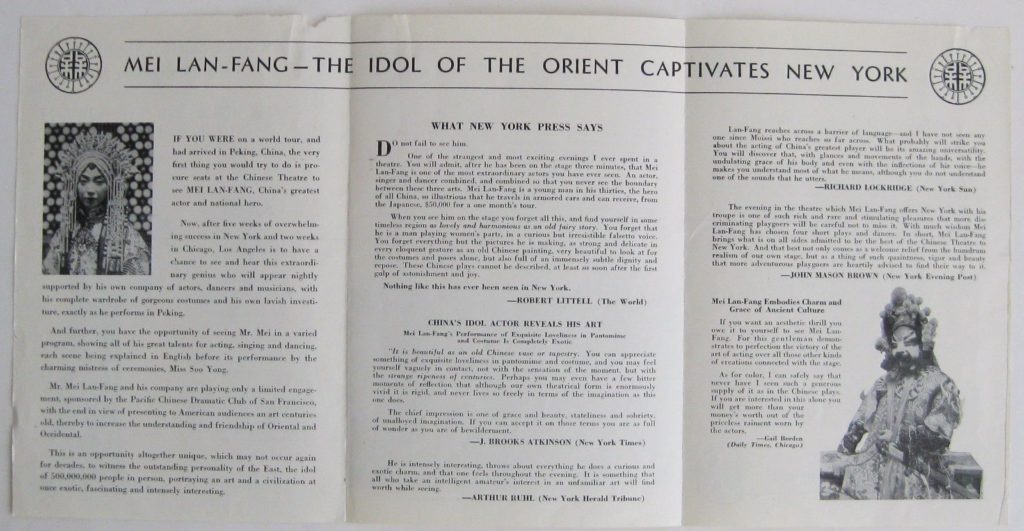Those of you who read this earlier post will remember Mei Lanfang, the Chinese opera star who excelled at performing female roles. Not only did he act, sing and dance, he wrote operas too. Quite the man, he had two wives at the same time, fathering two children with one wife and nine with the other. Not to let any opportunity pass him by, he took on a mistress at the same time, and they lived together for five years!
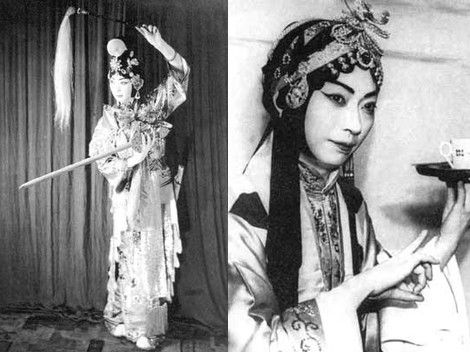
Mei in his professional life is seen above
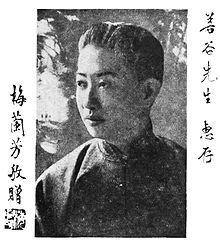
and as he really looked.
In his professional life he was quite revered, and he traveled the world showing his unique style of performing. He had great love for China, and he was a staunch National. Following the Marco Polo Bridge incident during the Sino-Japanese War, the Japanese took over Beijing. The commander of the Japanese army appointed Mei to a high position. (Mei's talent was also appreciated by the Japanese.) Mei was ordered to perform for the Japanese, but he refused to do so. FB friend Richard told me that Mei grew a mustache during the Japanese occupation so that he would not have to perform any operas, especially effective as he excelled in female roles. Mei lived in poverty until the end of the war, at which point he resumed his professional career.
While enjoying stardom he ordered a special mahjong set. I have scanned the photos from the catalog published by the (sadly) defunct Japanese Mahjong Museum. (We do not know where the collection is, but many of us certainly hope that we get to see its treasures sometime soon.)
This is the lovely box his set came in. You can see that it is inlaid with mother-of-pearl. The front and side panels have the often seen flowers in vases, and a teapot (in b). and what looks to be a pomegranate in the bowl on side c. This is somewhat amusing because pomegranates are symbols for hopes of many children, and we know that Mei certainly accomplished this!! The top of the box is inlaid with five bats (five being the lucky number that symbolizes long life, good health, a natural death, good moral character and prosperity.) And we also have two longevity symbols on either side of the handle hinges.
Thanks to Ray Heaton, we have translations for the beautiful tiles seen below. It is interesting how strong the strokes are in the characters in the upper left, and how delicate the carving is on the Flowers. Perhaps this alludes to Mei's manliness in real life yet his delicacy on the stage. Some of the Flower images are familiar to us, the rolled up painting, the book, the flower, and the Chinese Cauldron. Other images are more difficult to interpret-ideas anyone?
Ed: I have to assume the Winds have been replaced by the characters in blue, functioning in much the same way in the Chinese form of the game as it would be with Winds, and those characters in red, and green (the plain white being the White Dragon.) are substituting for the Dragons. There are 6 of these characters, all needed for the following translation.
"Here's a link to a description of the opera described in those large characters, 遊龍戲鳳(演劇), you long xi feng yan ju, "The Wandering Dragon toys with the Phoenix". (I've put the last two in brackets as they mean "to act in an opera" rather than relate to the title of the play, but if we assume all six are to be read together, would, I suppose, read "to perform in the opera the Wandering Dragon toys with the Phoenix".
https://ninedragonspot.com/2013/02/05/exit-the-dragon/
The flowers, 名伶表演, 古今趣史. Ming ling biao yan, gu jin qu shi. Literally, "the famous actor performs ancient and modern interesting history", I guess should translate more properly to something like "a record of famous performances in operas ancient and modern". Don't you love how the tiles refer to the famous actor performing, or a record of a famous performance?
The banner on one of the tiles says 文明自由, wen ming zi you, Civilization (and) Freedom." (right column, 2nd from the top)
The symbols in the One Dots are the name of the company that made the tiles!
Mei was a great national, as mentioned before. Many of you will see another indicator of his national pride: the hawk on the globe. This image symbolizes China's military strength, perhaps in this case, wishes for victory in the Sino-Japanese war. The symbol on the Craks is another way of writing the word wan. The unusual symbol on the Craks tiles is pin, the symbol for rank. *
Here follows more Mei Lanfang ephemera, truly an international star. I love the cover of this program! Remember, Mei is on the right!
Hoping you can read these absolutely rave reviews of his NY performances.
It is so interesting to see all the places mahjong can take us, isn't it?
*FB friend Richard pointed out how similar the rank symbol is to the Chinese character for the word "sing." Even if just a coincidence, I love it!

